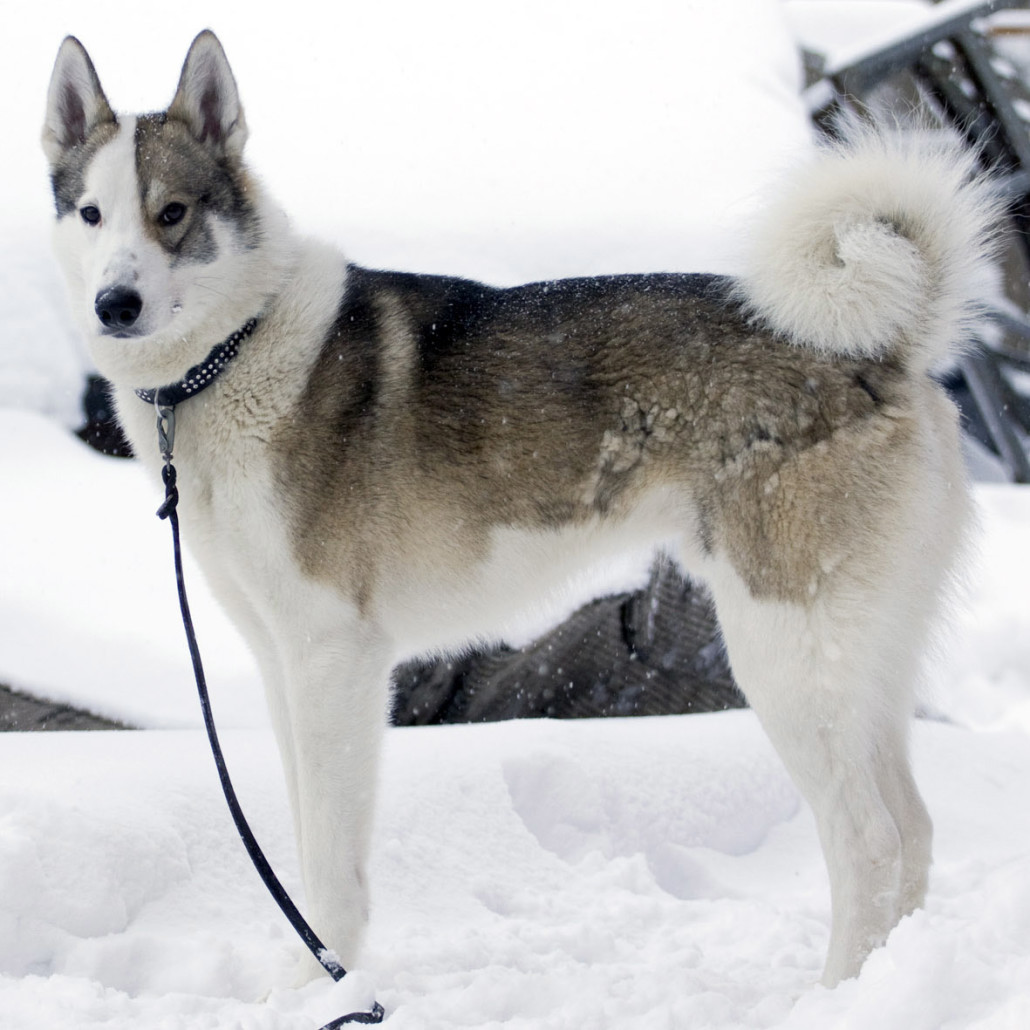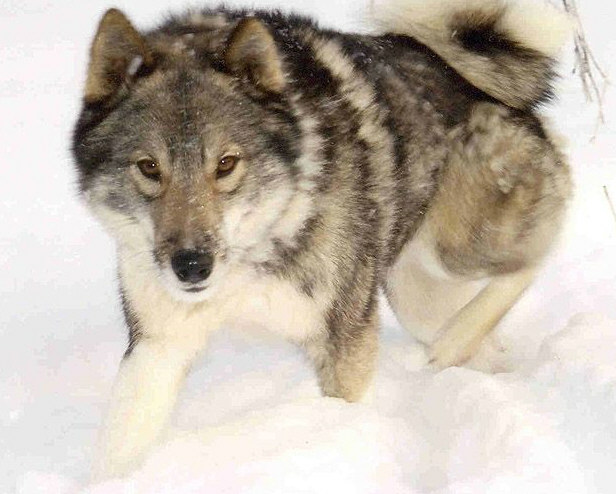

Keep refreshing your dog’s training methods throughout its life.

However, never let your dog take over you, or else, it will never consider you as its pack leader when they grow up. Your dog is fond of you, and hence, never be rude or loud to your dog, especially if it is still a pup. For a dog that is aggressive and, at times, stubborn, positive reinforcement technique is the keyword to train them.Some of these include monorchidism, certain types of cancers, umbilical hernia, elbow and hip dysplasia, etc. However, some individuals have been reported to develop certain conditions, which not necessarily did affect their parents. Since, unlike most purebreds, it is quite robust and hardy and is not known to inherit any particular diseases down the line, they are said to be one of the healthiest dog breeds of the world. They are stubborn and independent at times, however, their overall balanced and calm temperament makes them a loyal companion dog. Such a trait makes them a good watch dog as well. Since they developed as a hunting breed, the ES Laikas are extremely aggressive towards big predators and are highly protective of their family members, both adult, and children. On January 1, 1996, it was recognized by the United Kennel Club. Abramov established the first breed standards for this breed in the 1970s. In 1947, the ES Laika, along with the other three Laika breeds, was recognized for the first time at the All-Union Cynological Congress.

The East Siberian Laikas are presently used as a herding dog, as well as a working dog employed to pull sleds. The early Laikas varied significantly in their physical proportions, some of which are still noted today in the individuals belonging to the breed. They were brought into the region by the immigrants from the West and were mainly used as a hunting dog for both small and large games including squirrels, grouse, marten, sable, moose, wild boar, and even bear and mountain lions.

The ES Laika is the largest among the 4 Laika-type Russian dogs (with the other three being the West Siberian Laika, the Karelo-Finnish Laika, and the Russo-European Laika) and is believed to have descended from the Aboriginal dogs that closely resembled the Spitz. However, there is no evidence in support of this view. Breed enthusiasts, however, claim that they originated in the 17 th century. Evidence suggests that the East Siberian Laika developed in the 19 th century around the Lake Baikal region to the east of the Yenisei River.


 0 kommentar(er)
0 kommentar(er)
